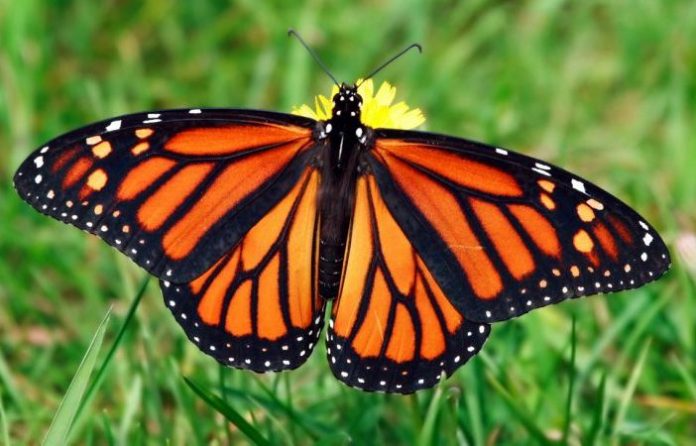Monarch butterflies are already being spotted in numerous Texas locations as they travel from overwintering grounds in Mexico, but numbers appear to be down significantly from 300 million last year to about 141.5 million this year said a Texas A&M university professor.
The monarch butterfly (danaus plexippus) is a milkweed butterfly (subfamily danainae) in the family of Nymphalidae. Its orange wings are laced with black lines and bordered with white dots. The average life span of them is 6 to 8 months and the size of the wingspan is 3.7 to 4.1 inches. Famous for their seasonal migration, millions of monarchs migrate from the United States and Canada south to California and Mexico for the winter.
Monarch butterflies are native to north and South America, but they’ve spread to other warm places where milkweed grows.
Craig Wilson, director of the USDA future scientists program, a senior research associate in the center for mathematics and science education and a longtime butterfly enthusiast, said that milkweed, the plant that is essential for monarch caterpillars for their food supply, appears to be in short supply in central Texas. Monarchs overwinter and mate as they head north out of Mexico and into Texas, and then have three more generations as they travel north to Canada.
“The state of Texas is always critical for them as they pass through here on their way north and lay eggs,” he said.
The monarch butterfly populations have declined by 90% in the last 20 years according to nwf.org. Therefore, mayors of both Bryan and college station have signed the national wildlife federation’s (NWF) mayors’ monarch pledge to save the monarch butterfly.
Cover Photo – kids.nationalgeographic.com

























